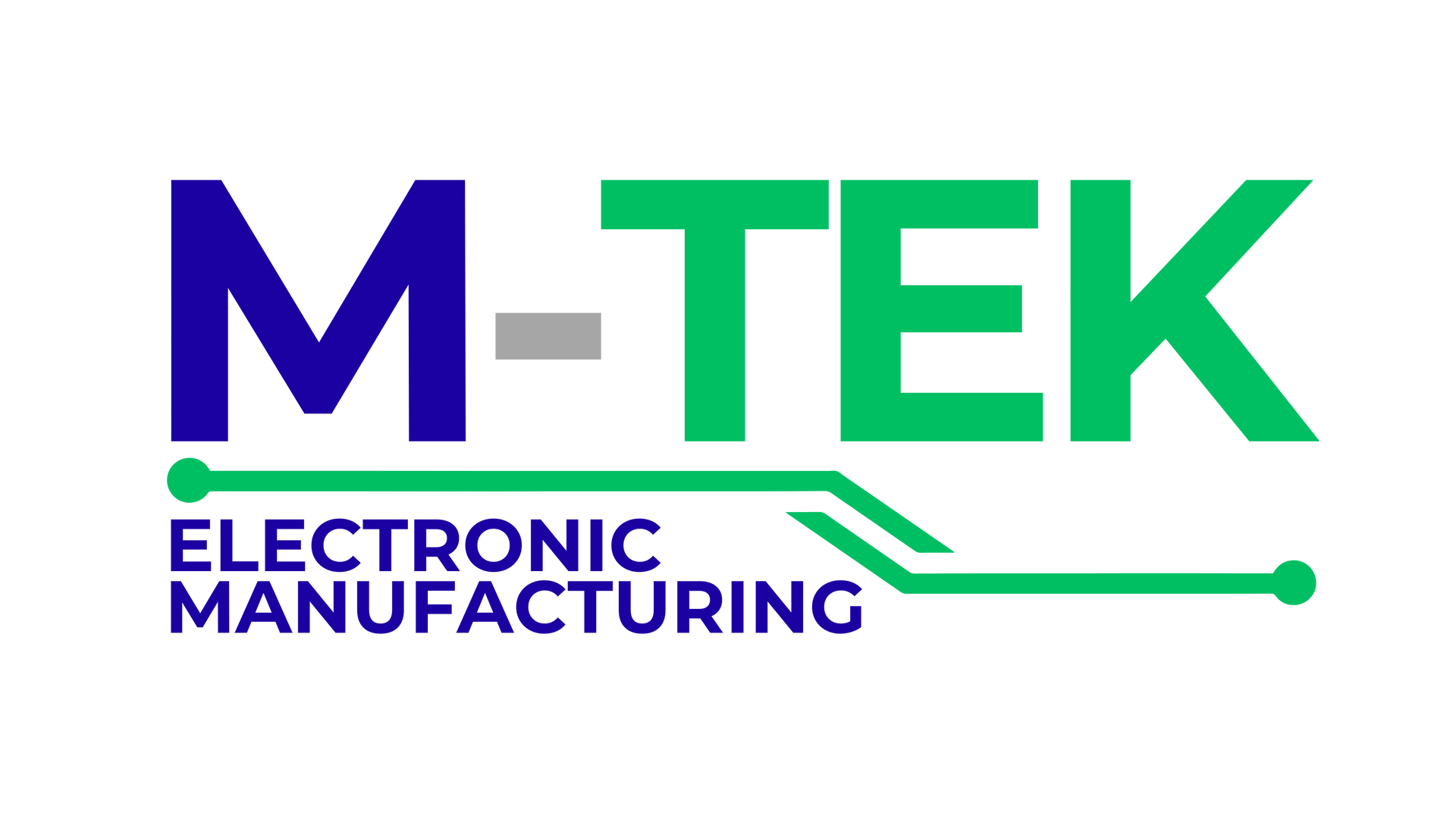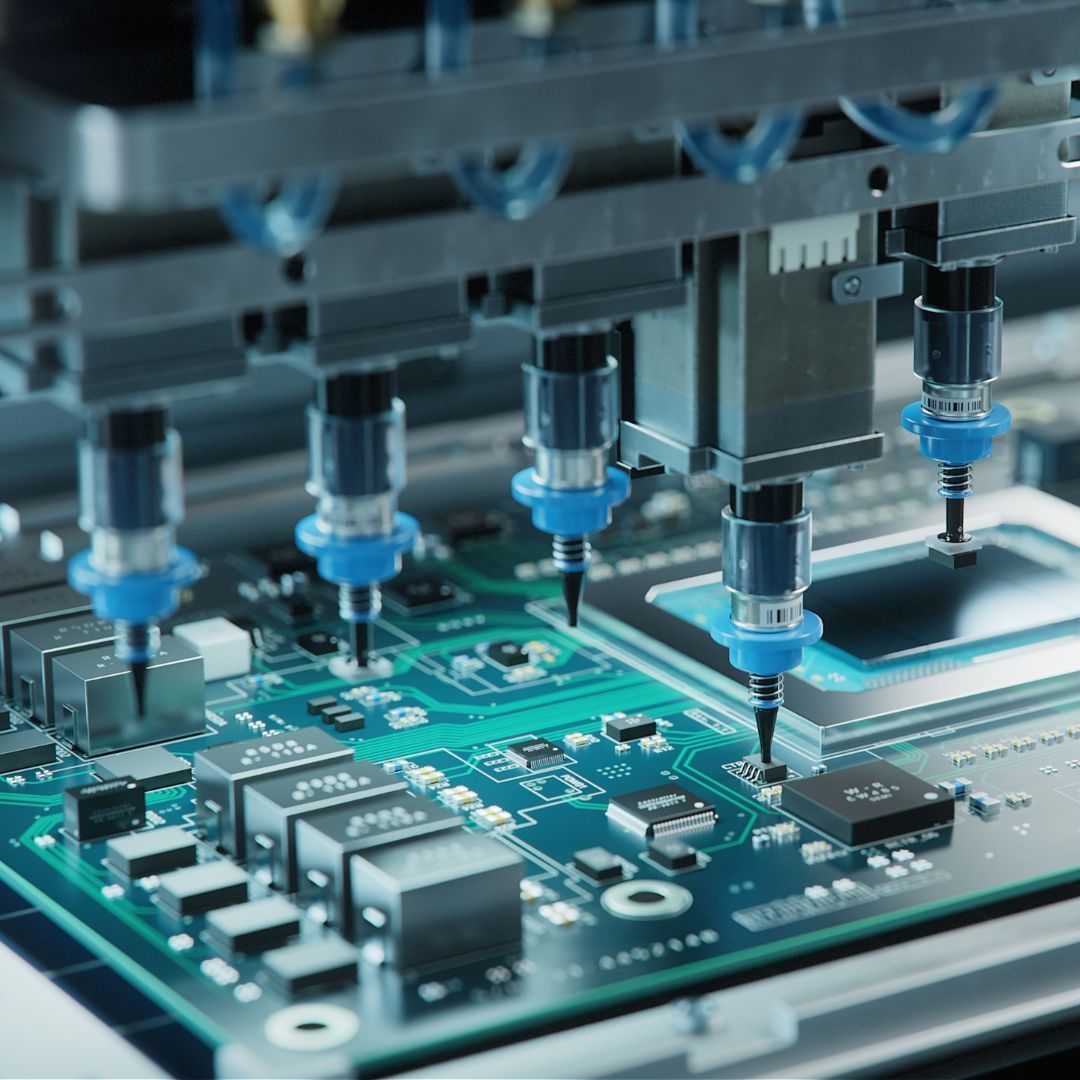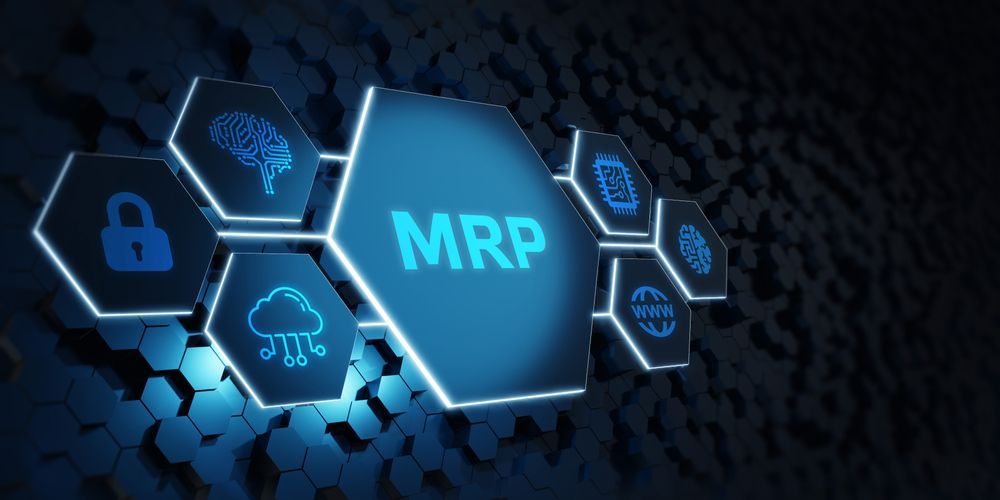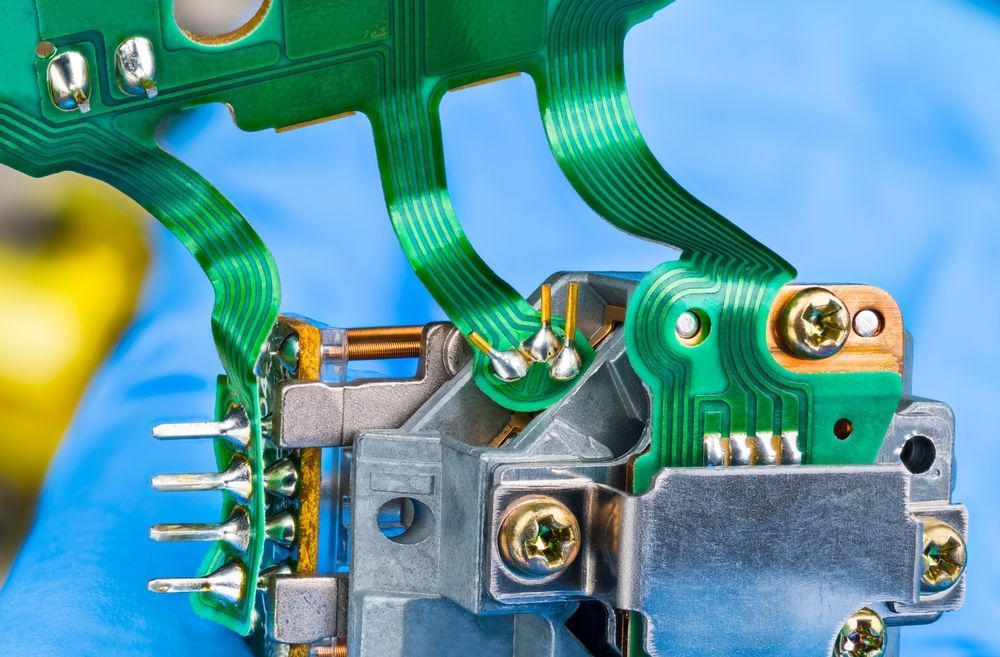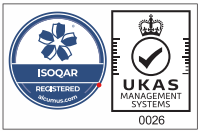LED PCBs are specialised types of printed circuit boards used in a variety of lighting modules and applications. A number of light-emitting diodes (LEDs) are mounted to a printed circuit board (PCB), forming a complete circuit that allows full control of their behaviour via various types of chips or switches.
What are LED Printed Circuit Boards Used for?
LED PCBs are used to control lighting arrays in a wide range of industries and applications. Typical examples include:
Lighting for automobiles- Lighting for streets and tunnels
- Indicators and display panels used in telecommunications and computing devices
- Work lamps, torches, and flashlights
- Signal illumination
- Lighting for medical rooms and devices
LED printed circuit boards have a number of distinct qualities and characteristics that make them particularly well suited to these applications. Among the most significant are:
Economy - LED components are relatively inexpensive to purchase and extremely efficient to operate.- Longevity and dependability
- Low power consumption
- Lightweight and low-profile
- Generally resistant to dirt and moisture ingress.
- Versatile - highly programmable and available in a wide range of colours/sizes
What are the Most Difficult Aspects of LED PCB Assembly?
When designing, assembling, and manufacturing LED PCBs, there are several unique considerations to keep in mind. Thermal management is frequently at the top of the list. The majority of surface-mounted light-emitting diodes are low-power semiconductors. More powerful lighting arrays, on the other hand, frequently use multiple high-intensity LEDs arranged in close proximity on a single board. These designs can generate a significant amount of heat in a short period of time, which must be effectively dissipated in order to improve the overall performance, reliability, and durability of the circuit and its components.
When prototyping and assembling LED PCBs, there are several ways to improve heat management; smart design and precision prototyping are always the first steps. More tightly populated circuits, on the other hand, may necessitate the use of additional components and manufacturing techniques, such as heating elements or metallic board substrates, to improve dispersion.
LED PCB Assembly Methods
There are two primary methods for attaching electronic components, including LEDs, to printed circuit boards. These are the two PCB assembly techniques:
Surface-mount assembly entails mounting components directly onto the surface of the board. This highly automated process provides excellent flexibility and enables high connection densities, which is beneficial for LED applications. The process includes applying solder paste to the board, inserting components with a pick-and-place machine, heating the board to form solder joints, and inspecting the board to ensure it functions properly. Surface-mount LED circuit boards are used in a variety of applications, particularly those requiring complex circuitry in small devices.- Thru-hole assembly entails drilling holes in the PCBs and then running components known as leads through these holes. The assembler then uses solder to hold the pieces together. Numerous inspections are also performed to ensure quality and reliability. This method provides greater, more durable connections and is beneficial for equipment that will be subjected to more extreme climates and applications, such as high velocities or temperatures.
About M-Tek Assembly
It is a critical business decision to outsource your electronic assembly needs for LED printed circuit board design. M-Tek Assembly Ltd will not only provide you with the best customer service and solutions tailored to your specific needs but will also provide you with the industry experience you deserve.
By selecting M-Tek Assembly Ltd for your
printed circuit boards assembly, you will also be contributing to environmental preservation. We have achieved a
net-zero carbon footprint by using electric vehicles, and we plant a tree for every circuit board we build! Please contact one of our SMT and PCB assembly experts for assistance right away. To learn more about our services, call 01189 455377 or follow us on
Twitter.
